The two million data points provided by NSW Health in 2022 paint a picture about the current severity of Covid and the effectiveness of its vaccines. There are certain nuances that are not available for capture, including the associated health conditions or the personality profiles of individuals. What remains perplexing is the unwillingness of health departments to provide this information upon request.
Dr. Aaron Kheriaty, Professor of Psychiatry and Ethics, notes:
‘Public health authorities have a responsibility to communicate scientific findings openly and transparently, so that the public can make wise personal decisions for themselves and their children, and politicians can make prudent policy decisions for society.’
The lack of transparency creates suspicion and diminishes trust in the leaders of our government and health institutions. Indeed, there has been a distinct lack of quality data analysis when health policy justifications have been revealed through court cases and investigative journalism.
This is about more than statistics.
As I compiled the data, I paused each time I added a number to the relevant column. A number doesn’t do a person justice. As I review the limited information provided by NSW Health, I can’t help but stop and imagine the situation – I have now paused over a thousand times. The most common description?
‘Older Age is a significant risk factor of serious illness and death particularly when combined with significant underlying health conditions.’
Each person has a story and an impression they have left on loved ones whether they are young, old, fit or sick. The fact that many were already in the final stages of life does not make their death less significant. I have listened to numerous stories and seen too many funerals lacking the celebration deserved. I have also heard the fear from those who care for people in high-risk categories.
There is no single answer for all circumstances. I have intimate knowledge of those who have tried to navigate caring for vulnerable loved ones whilst obeying health policies. What does it say about us when obedience replaces personal contact with confinement? Removing the right of loved ones to balance risk and benefit doesn’t align with a free society that values individual dignity.
The following are graphs of Infections and fatalities so far in 2022:
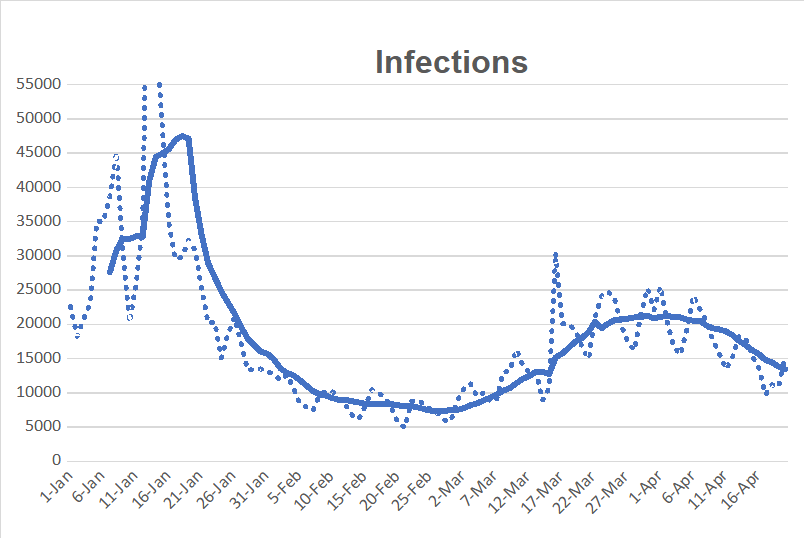
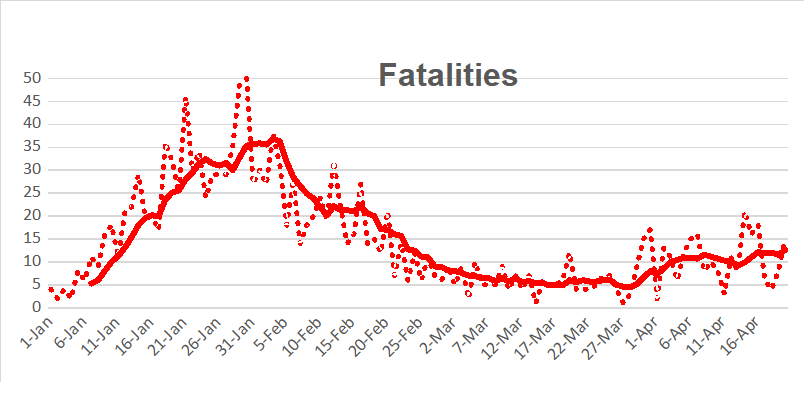
The solid line is the 7 day moving average.
The trend seems consistent with the introduction of new variants and gives some confidence that the data can be analysed in a meaningful manner. It is also evident that the natural peak of cases has passed. Fatalities should also decline over the coming weeks.
Around a quarter of the NSW population have tested positive to Covid so far in 2022, and the overall chance of surviving is 99.92 per cent.
| Age | Jan-Feb Fatality Rate | Jan-Apr Fatality Rate | Mar-Apr Fatality Rate |
| Under 50 | 0.004% | 0.003% | 0.002% |
| 50s | 0.028% | 0.025% | 0.019% |
| 60s | 0.091% | 0.072% | 0.039% |
| 70s | 0.291% | 0.236% | 0.149% |
| 80s | 1.155% | 0.898% | 0.485% |
| 90s | 2.208% | 1.799% | 1.218% |
| Positive Tests | 1 041 171 | 1 987 485 | 846 076 |
For comparison, the chances of death from Influenza are around 0.02 per cent and there is a 0.0044 per cent risk of dying while on the road. According to Dr Ranjit Rao the, ‘IFR for Omicron amidst a highly vaccinated population is now less than influenza.’
With vs Of
I was critical in 2020 of the adoption of ‘with’ as the accepted definition used in classifying Covid related fatalities. I believe this has been a significant factor in generating unnecessary angst resulting in unbalanced policies. Even now, if I contract Covid, recover, and manage to fracture a bone requiring medical attention, I am considered to be a Covid hospitalisation. This is unintuitive and makes benchmarking against something known difficult for the public to assess and understand.
On October 14, 2021, NSW Health reported a total of 585 fatalities shortly after being vaccinated for the year. During the same period, 496 people died with Covid. If the classification was consistent, the conclusion could be drawn that the cure is worse than the disease. In both instances, this does not consider mitigating factors or a primary cause. It does, however, illustrate the problem.
Professor of Economics Gigi Foster in the The Great Covid Panic reminds us that we have good experimental evidence from the Diamond Princess cruise ship in early 2020 where the initial strain was left to run rampant in a confined environment and a vulnerable population. If we assume everyone was exposed to the virus during this period, it puts the fatality rate at around 0.2 per cent. It may have been significantly higher than this, but certainly below the ‘with’ statistics.
The ABS in August 2020, well before vaccination became available, noted that ‘almost all deaths due to COVID-19 have other conditions listed on the death certificate’.
Vaccine effectiveness
For many, vaccines have become an article of faith and are highly emotional. I am not a vaccine expert, but I am attempting to present the data in a readable form. The daily data is erratic but that would be expected given its small size. What can be observed is a trend from an accumulation of data over a three-month period.
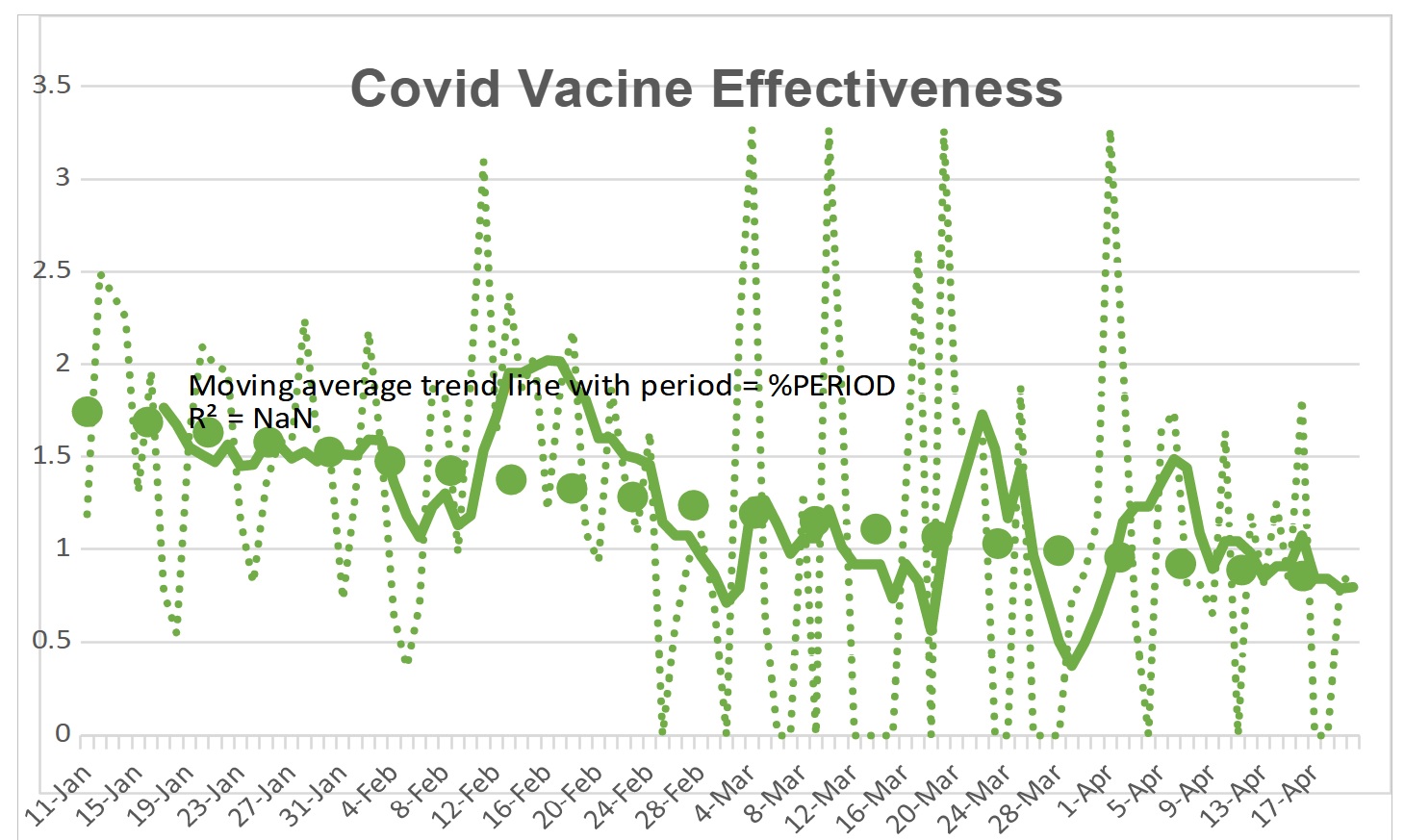
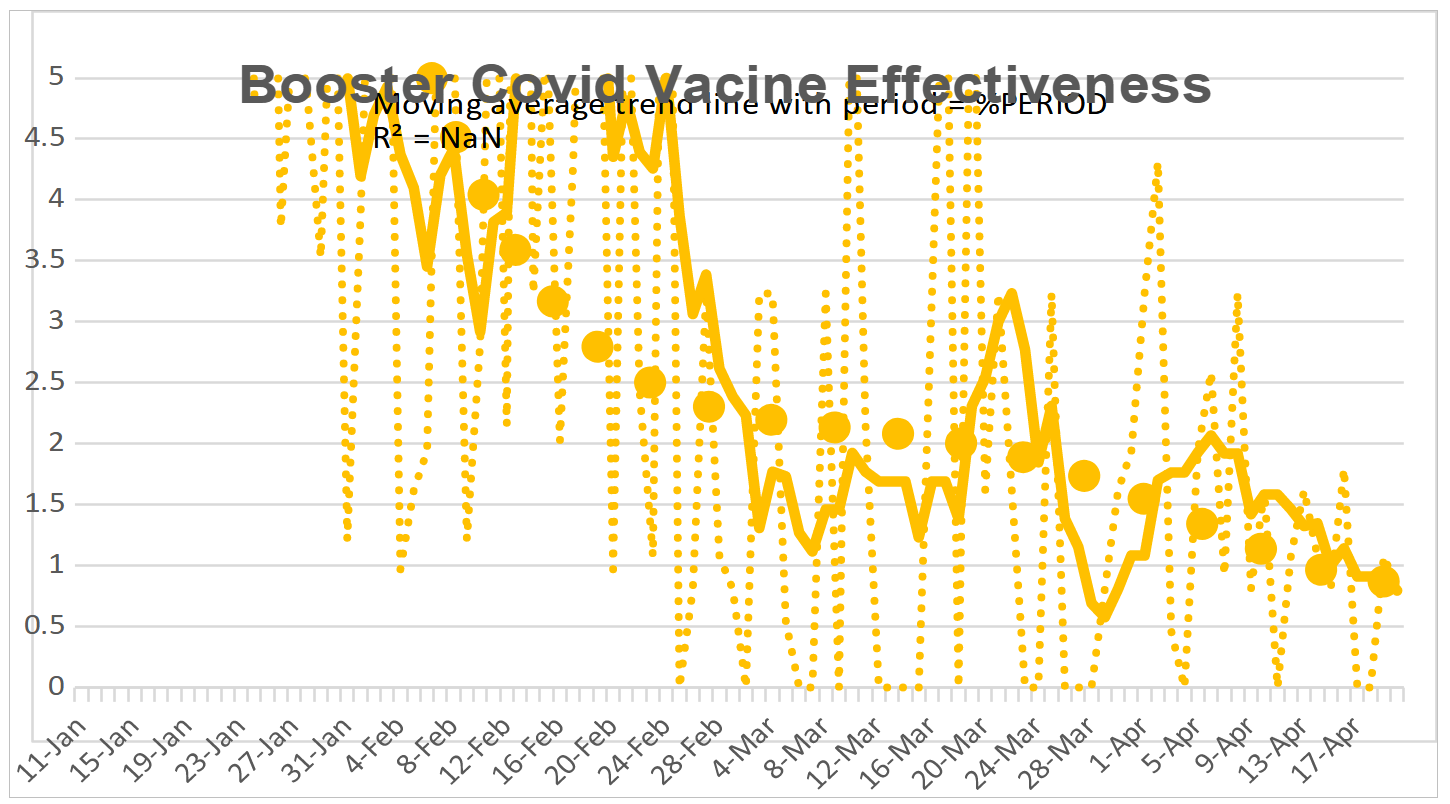
In summary the multiplier effect against fatality reduces from 1.5 to 1.0 in around 2 months. It is difficult to determine the starting multiplier to 1.5 but it may well be that the effectiveness reduces from 5 to 1.5 in around 2 months. This suggests that vaccinations provide some protection against fatality for around 4 months. In way of illustration, a 60-year-old person who had been vaccinated two months prior to infection, has a chance of dying of around 0.039 per cent according to the data. If you are unvaccinated, the probability increases to 0.059 per cent. Click here for a further explanation and comparison using the multiplier.
Every intervention has risks associated with it, and Covid vaccines are not immune from this. See Rebecca Weisser’s article for a detailed discussion on this.
Given the substantial amount of data available and mild population fatality rate, it is difficult to justify emergency orders. These powers bypass accountability measures which are designed to restrict overreach and create doubt about whether the government is serving or ruling the public.
There is tremendous cause for optimism and opportunity to repair and cherish life. It is past the time to turn off the life support on the narrative of fear and allow it to pass away from our lives. What would our population look like if the time spent digesting and implementing invasive procedures on everyone was instead invested on improving our health?
Senator Matt Canavan sums it up well:
‘We need to restore freedom in this country and let every Australian choose. I trust the Australian people to make the right decisions. I trust the Australian people to be the masters of their own health care. I trust Australians to look after their own families.’
There is that word – trust.
Got something to add? Join the discussion and comment below.
Get 10 issues for just $10
Subscribe to The Spectator Australia today for the next 10 magazine issues, plus full online access, for just $10.

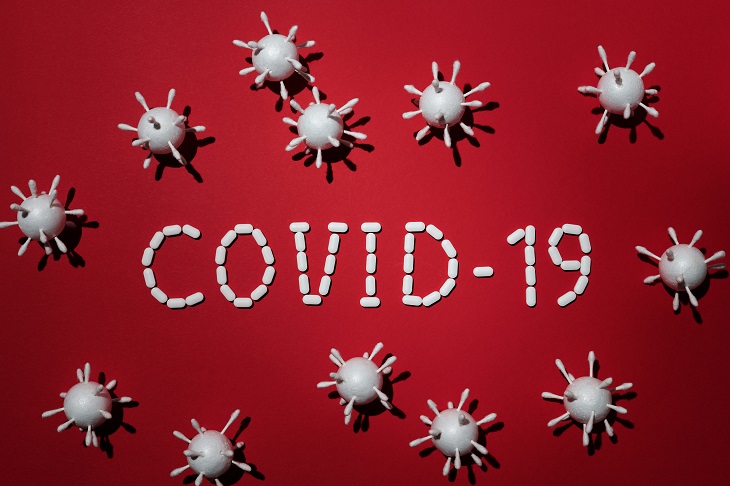


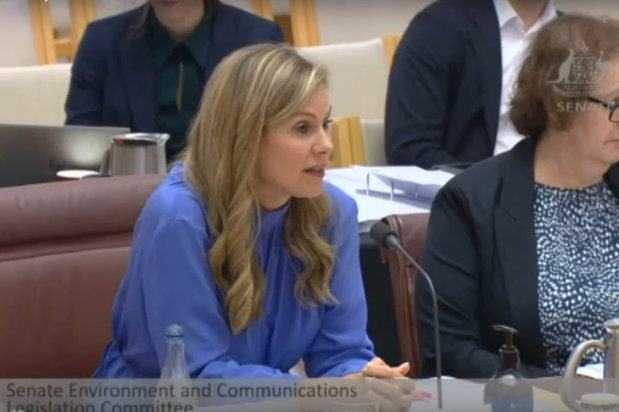





















Comments
Don't miss out
Join the conversation with other Spectator Australia readers. Subscribe to leave a comment.
SUBSCRIBEAlready a subscriber? Log in